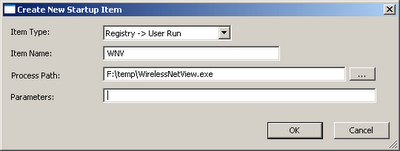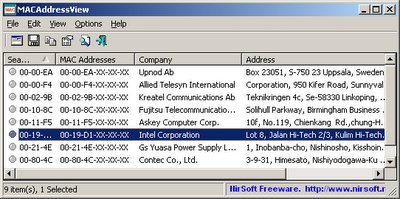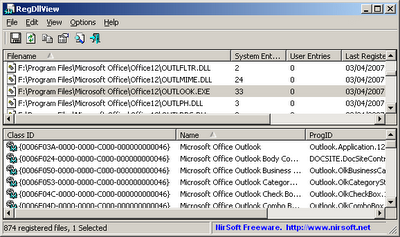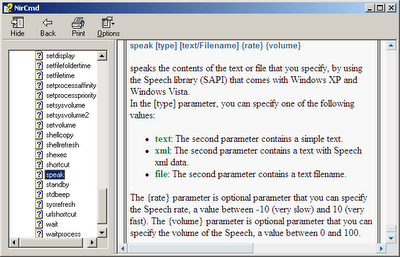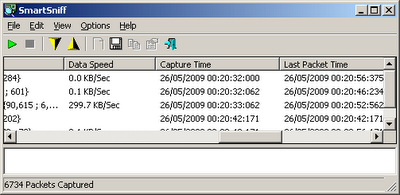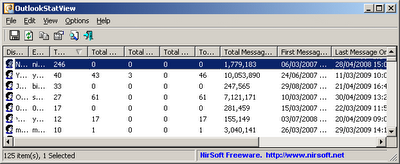IPInfoOffline utility has a new feature that allows you to easily insert country information for
each IP address inside the output generated by tracert (traceroute) or other network related tools.
For example, if the tracert output looks like this:
Tracing route to nirsoft.net [69.73.166.124]
over a maximum of 30 hops:
1 11 ms 13 ms 14 ms 62.189.147.43
2 25 ms 29 ms 27 ms 158.43.151.205
3 36 ms 37 ms 36 ms 146.188.14.125
4 55 ms 56 ms 55 ms 146.188.2.251
5 265 ms 131 ms 97 ms 213.248.105.45
6 79 ms 82 ms 92 ms 80.91.250.18
7 160 ms 158 ms 159 ms 80.91.250.209
8 175 ms 182 ms 186 ms 80.91.253.218
9 175 ms 173 ms 176 ms 213.248.90.54
10 180 ms 190 ms 181 ms 63.247.69.178
11 186 ms 184 ms 184 ms 209.51.131.90
12 170 ms 171 ms 172 ms 69.73.166.124
Trace complete.
After injecting country names with IPInfoOffline, it’ll look like this:
Tracing route to nirsoft.net [69.73.166.124 {United States} ]
over a maximum of 30 hops:
1 11 ms 13 ms 14 ms 62.189.147.43 {United Kingdom}
2 25 ms 29 ms 27 ms 158.43.151.205 {United Kingdom}
3 36 ms 37 ms 36 ms 146.188.14.125 {European Union}
4 55 ms 56 ms 55 ms 146.188.2.251 {European Union}
5 265 ms 131 ms 97 ms 213.248.105.45 {European Union}
6 79 ms 82 ms 92 ms 80.91.250.18 {European Union}
7 160 ms 158 ms 159 ms 80.91.250.209 {European Union}
8 175 ms 182 ms 186 ms 80.91.253.218 {European Union}
9 175 ms 173 ms 176 ms 213.248.90.54 {European Union}
10 180 ms 190 ms 181 ms 63.247.69.178 {United States}
11 186 ms 184 ms 184 ms 209.51.131.90 {United States}
12 170 ms 171 ms 172 ms 69.73.166.124 {United States}
Trace complete.
In order to get a result like this one, simply run tracert.exe of Windows with the host name you wish, and send the output into a file. After that, run IPInfoOffline.exe with /AddCountry, and specify the filename that you saved the trace.
For example:
tracert -d www.nirsoft.net > c:\temp\trace1.txt
IPInfoOffline.exe /AddCountry “c:\temp\trace1.txt”
IPInfoOffline is available to download here.
